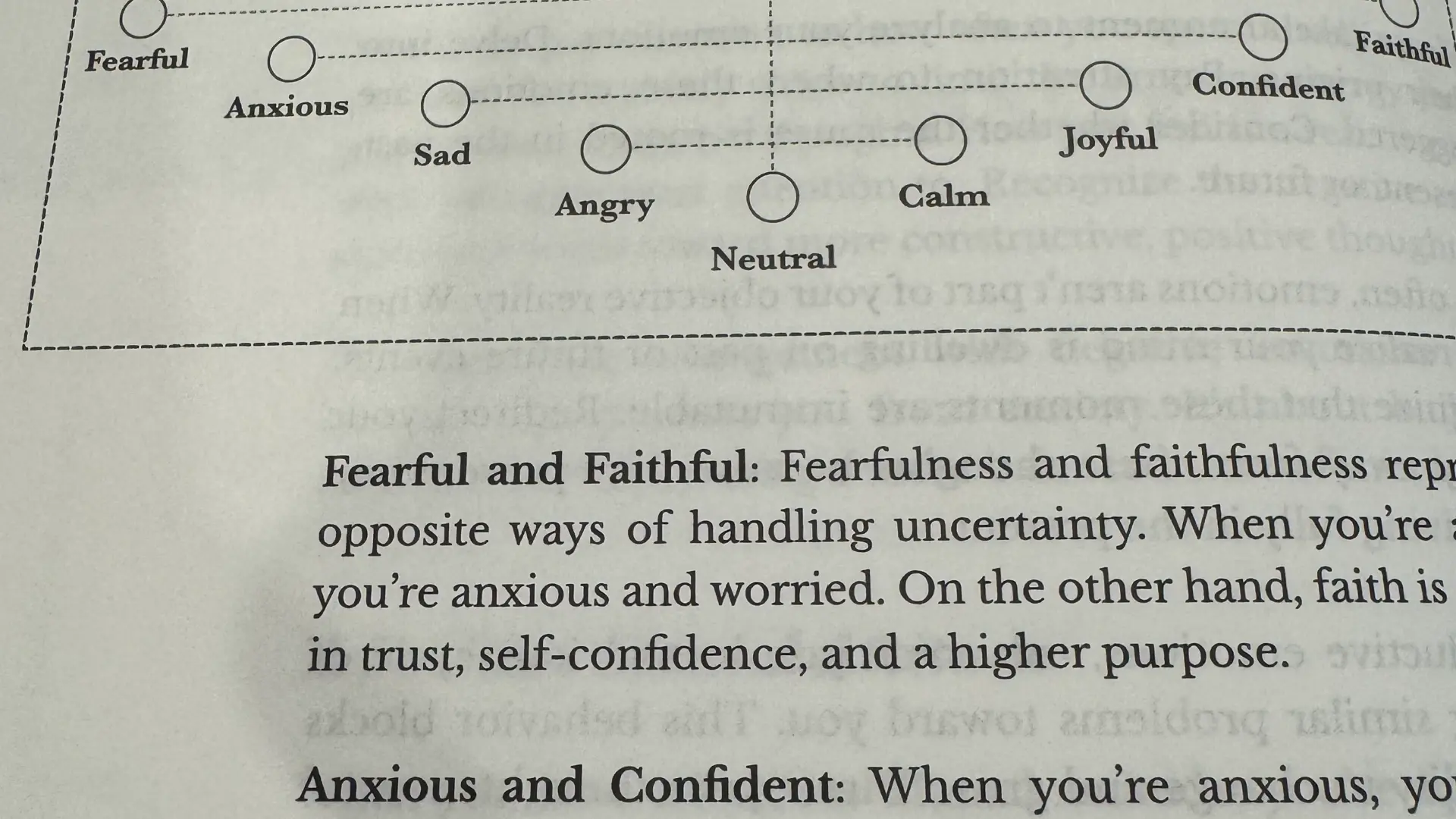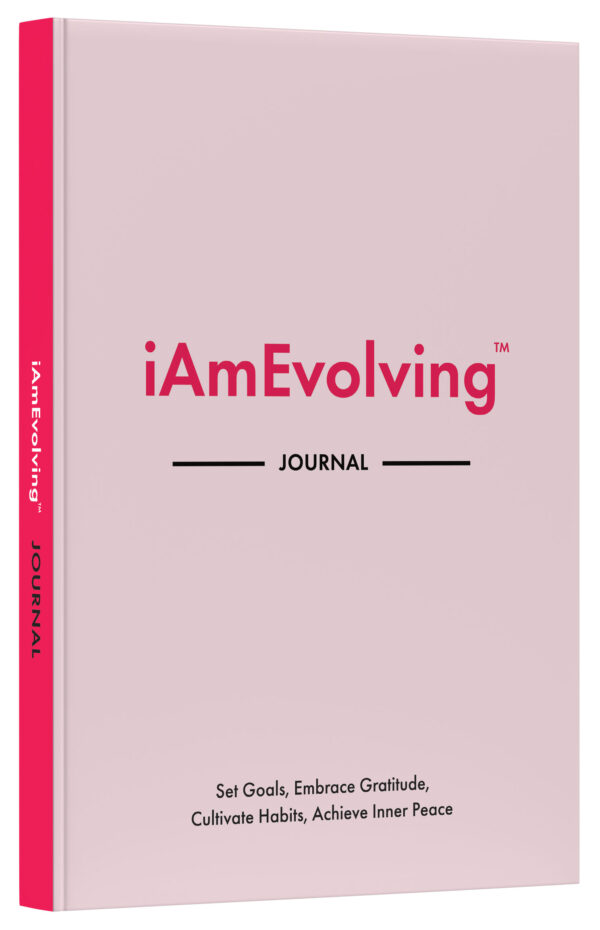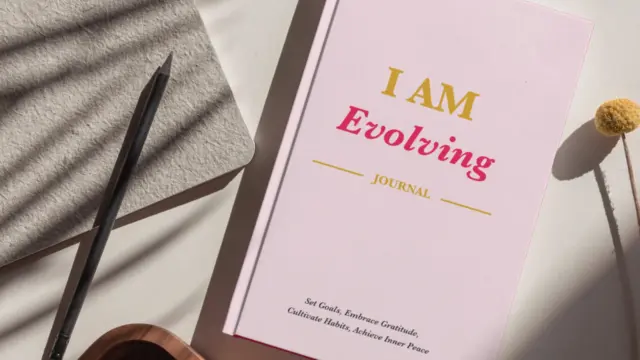Continue shopping
and explore our products below:
Journaling for Emotional Clarity: How Writing Helps You Understand Yourself

Table of Contents

iAmEvolving™ Journal
Set Goals, Embrace Gratitude, Cultivate Habits, Achieve Inner Peace
View JournalWhen emotions feel overwhelming, it’s easy to get stuck in loops of overthinking, reacting impulsively, or suppressing how you feel altogether. Journaling offers a different path — one that leads to emotional clarity.
Writing things down helps you slow down your thoughts, see patterns, and connect with what’s really going on beneath the surface. It’s a simple but powerful practice that brings your inner world into focus.
Why Emotional Clarity Matters
Emotional clarity is the ability to understand what you’re feeling and why. It’s the foundation for emotional intelligence, better decision-making, and healthier relationships. Without clarity, emotions can feel confusing or overwhelming. With clarity, they become information you can use to grow.
Journaling provides a private, judgment-free space to explore these emotions honestly and safely.
How Journaling Creates Emotional Clarity
When you write about what you’re feeling:
- You externalize emotions, making them easier to understand.
- You slow your mind down, which reduces emotional intensity.
- You uncover patterns in your reactions and triggers.
- You create space between yourself and the emotion — which allows better choices.
- You build self-awareness over time.
Even a few lines a day can bring surprising insights.
Simple Journaling Techniques for Emotional Clarity
1. Name the Emotion
Start by simply identifying what you feel. Don’t overcomplicate it. For example: “I feel anxious,” “I feel frustrated,” or “I feel excited but nervous.”
2. Ask “Why?” and Go Deeper
After naming the emotion, ask why. Write freely. Often, the real cause is beneath the surface of your initial reaction.
3. Write Without Judgment
This is your space. Let go of how your words sound and focus on honesty. Raw writing leads to real breakthroughs.
4. Look for Patterns
Over time, review past entries. You’ll start to notice emotional patterns — triggers, cycles, recurring thoughts — that bring deep self-awareness.
When to Journal for Emotional Clarity
You can journal any time emotions feel tangled, but these moments work especially well:
- After emotionally charged events
- At the end of the day, to process lingering feelings
- In the morning, to check in with yourself
- During stressful periods, to stay grounded
The key is consistency — emotional clarity builds through regular reflection, not occasional bursts.
How the iAmEvolving Journal Supports Emotional Growth
The iAmEvolving Journal is designed with daily reflection spaces that make exploring your emotions natural and structured. By combining gratitude, goals, habits, and personal reflection in one place, it gives you a balanced daily framework for clarity and growth.
Available here:


